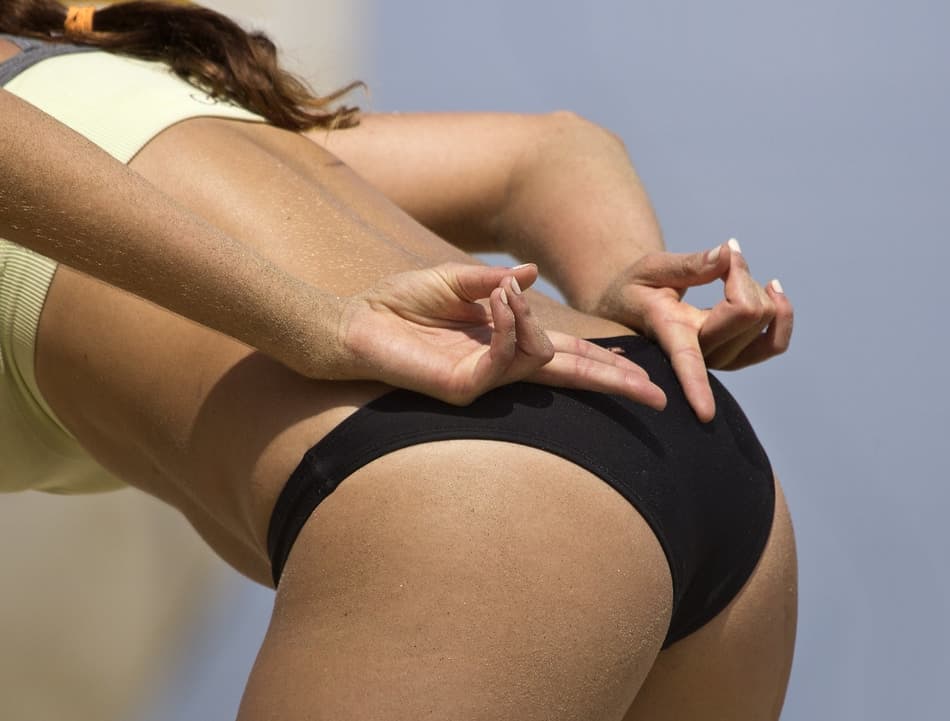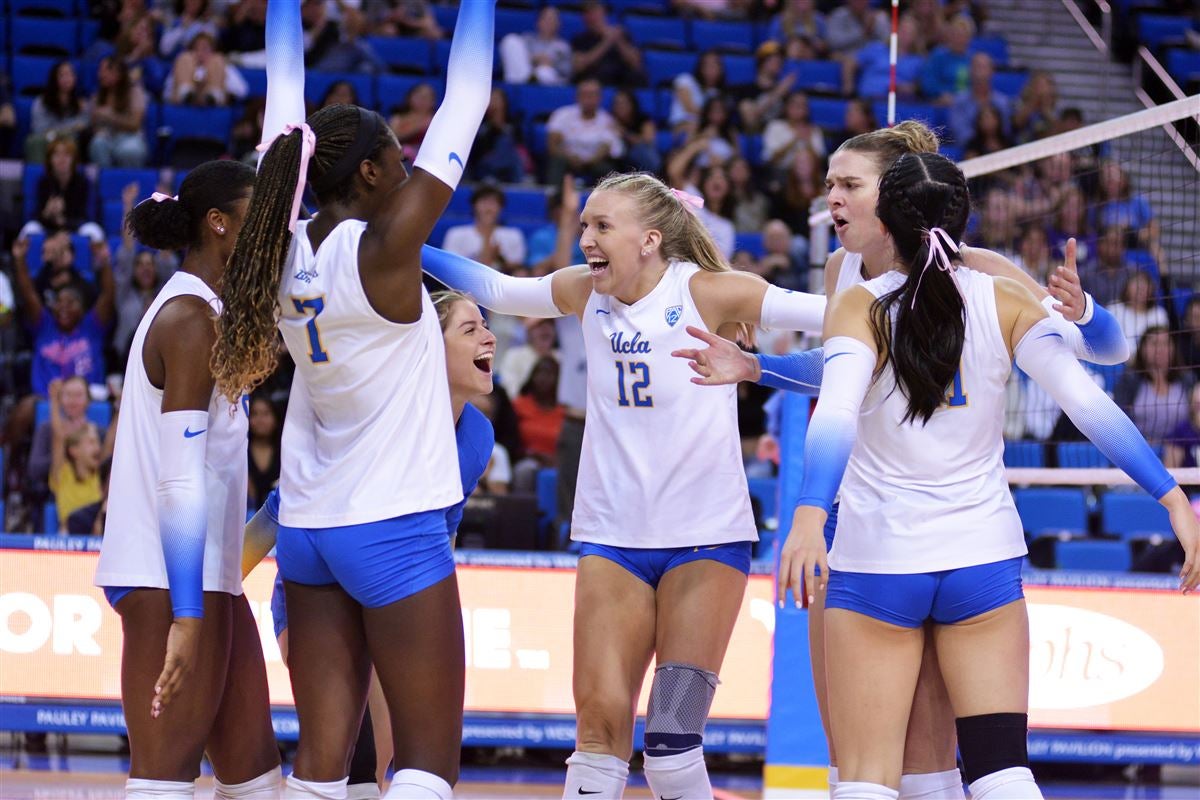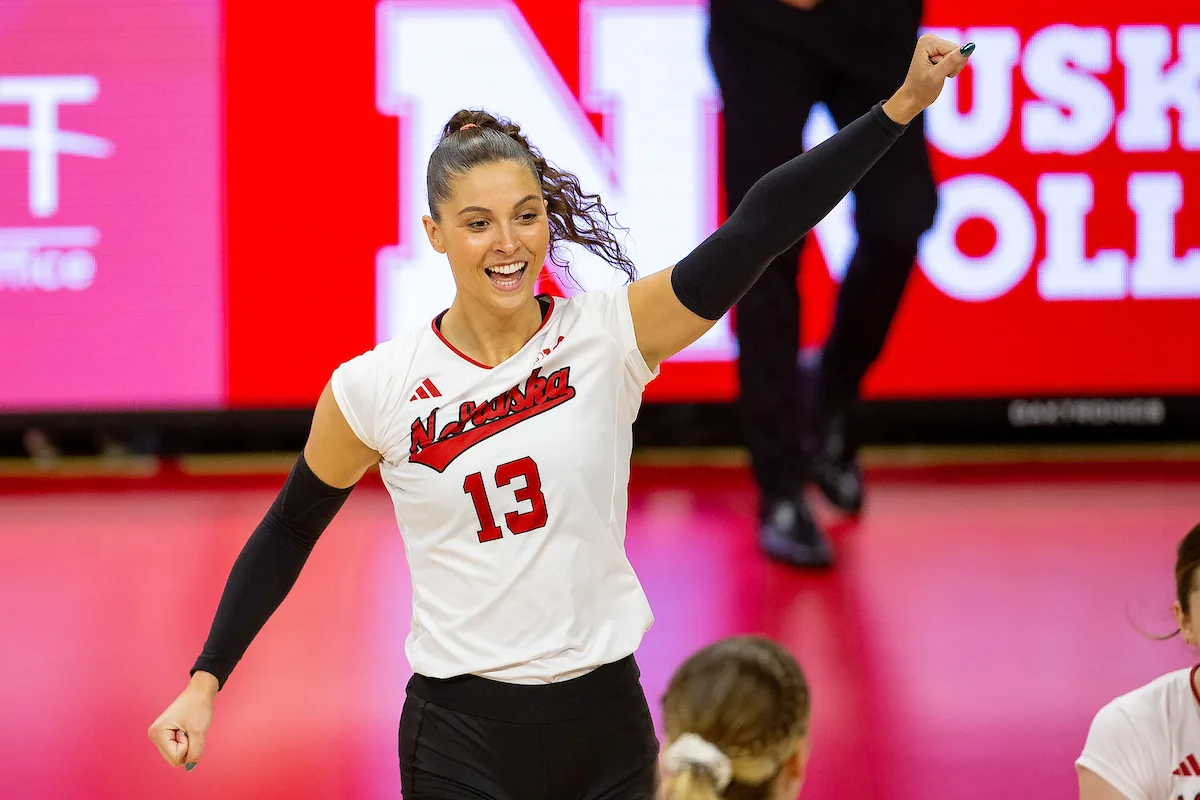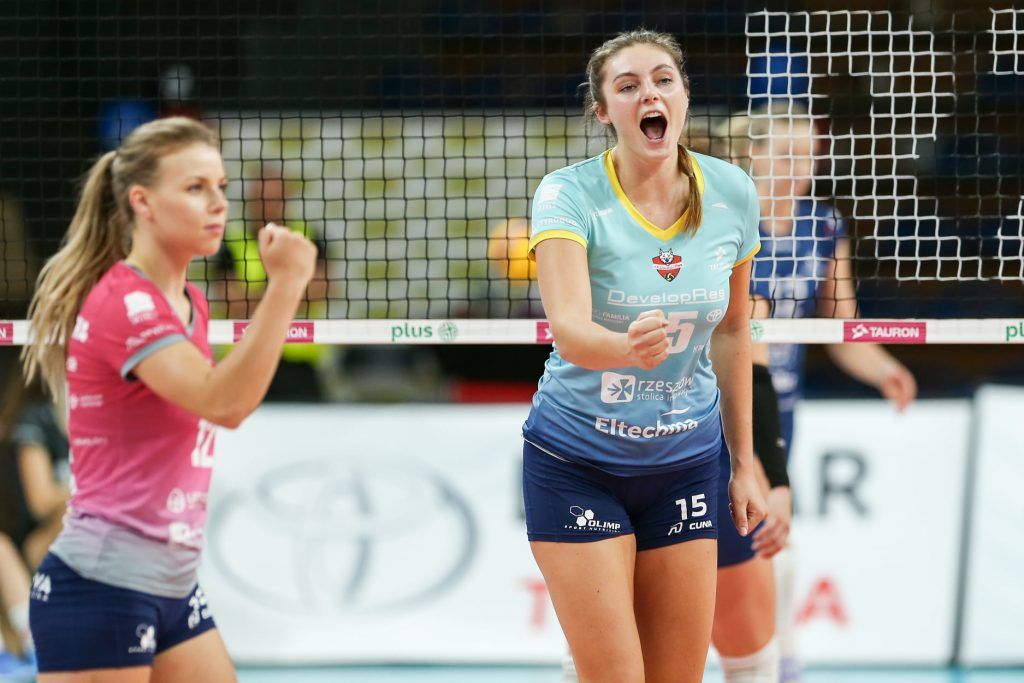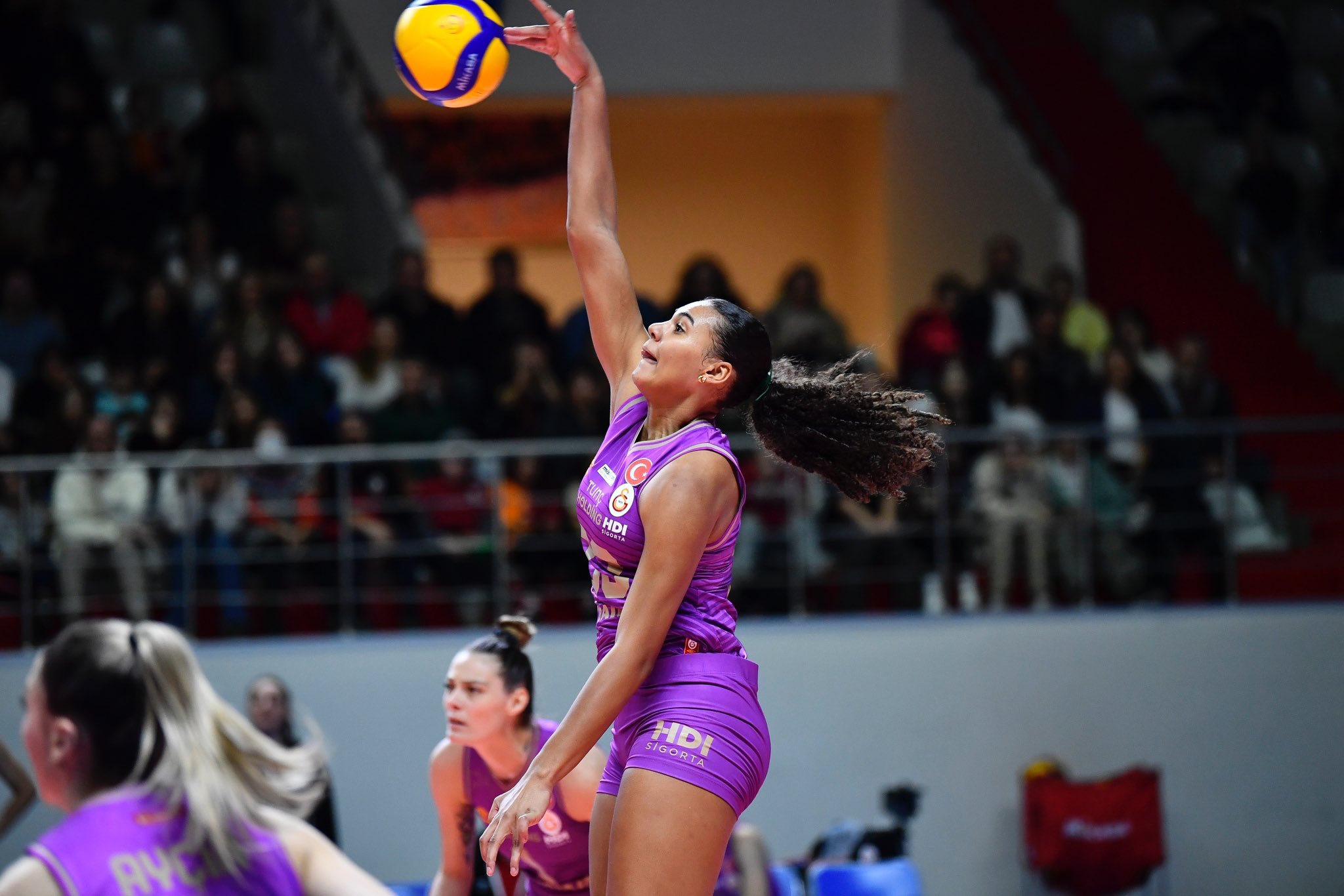Volleyball is a sport filled with fast-paced action and strategic maneuvers that often leave fans intrigued and baffled by the cryptic hand signals flashed by players. These hand signals, usually involving numbers, hold the key to the defensive plays and strategies employed by the teams. In this article, we’re going to unravel the mysteries behind these signals and give you a comprehensive look at what they mean. So, next time you watch a volleyball game, you’ll be in the know.
The Basics of Hand Signals

When you see a player hold up numbers behind their back, they are engaged in a crucial form of communication with their teammates. These signals dictate the defensive plays and strategies that players will execute.
The left-hand signal corresponds to the left side of the court (the athlete playing on the right side), while the right-hand signal corresponds to the right side of the court (the athlete playing on the left side).
See also: Volleyball Scoring System: Indoor vs. Beach Volleyball
Decoding the Numbers and Signals
1 – Blocking Line and Defensive Play in the Angle
What does 1 finger mean in volleyball?

When a player displays one finger, it means they intend to block the line, and their defensive partner will be responsible for covering the angle. If the set is off the net, and the player decides to pull back for defense, they will be prepared to dig any incoming shots down the line.
See also: Basics of Volleyball: A Versatile and Dynamic Sport
2 – Blocking Angle and Defensive Play in the Line
What is 2 fingers in volleyball?

A two-finger signal indicates that the player is blocking the angle, and their defensive partner will be positioned to dig any shots directed down the line. In case the player needs to adjust due to a poorly placed set, they will move towards the angle.
See also: Pairs of Sisters Who Graced Women’s Volleyball
Closed Fist – Reading and Blocking the Ball

The closed fist signal signifies a high level of confidence and a solid scouting report against an opponent’s hitter. In this situation, the player will read and block the ball, while their defensive partner will also rely on their reading skills to make a successful dig. This strategy is not just about defense; it’s also a proactive move to score points.
See also: Shortest Female Volleyball Players
3 – The Dive Block to the Line
What does 3 fingers mean in volleyball?

The three-finger signal introduces a more complex strategic element. When a player flashes three fingers, it means they intend to execute a dive block towards the line.
The purpose of this strategy is to trick the opponent into thinking that the line is open for a hard swing, only to have the player dive into the line at the last moment to close it off effectively.
4 – Show Angle Early, Dive Block into the Angle
What does 4 fingers mean in volleyball?

In contrast to the three-finger signal, displaying four fingers is a different blocking strategy. This signal indicates that the player will show angle early, trying to bait the opponent into thinking they have an open angle for a hit.
However, the player will dive into the angle at the last moment, effectively blocking the angle and thwarting the hitter’s intentions.
Team Variations and Communication

It’s essential to note that while these hand signals provide a foundational understanding of the game, different teams may have more intricate signals or variations.
The key to success is effective communication between teammates. Players practice and develop a rapport with their partners to ensure that these signals are well-coordinated on the court.
Additional Information

In addition to the blocking and defensive strategies, players also use hand signals to communicate specific situations. For instance, if the opponent goes for a quick attack (a “two-ball”) during serve receive, the blocker needs to indicate which area of the court they will be blocking.
This is done by flashing a hand, providing vital information to their defensive partner. Similarly, for a back set, the blocker signals their intentions by holding their hand higher against their back. This helps their defensive partner anticipate where to expect the ball for a successful dig.
Conclusion

In conclusion, understanding the world of hand signals in volleyball allows fans to appreciate the intricate strategies and communication between players on the court. Share this knowledge with your friends and family to enjoy the game without being puzzled by the signals. The secret is out, and the Hand Signals 101 playbook is now in your hands.
But remember, deciphering the signals is one thing, but beating a seasoned volleyball player on the court remains a different challenge. So, stay ready to cover your hitter, and enjoy the game!











